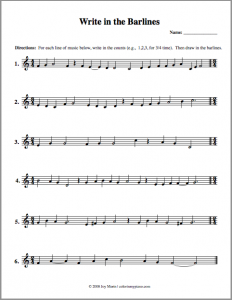 You know, learning to play an instrument is all about making breakthroughs. There are so many things to consider and train yourself to do. It’s a complicated process! You are never done learning. There’s always room for improvement.
You know, learning to play an instrument is all about making breakthroughs. There are so many things to consider and train yourself to do. It’s a complicated process! You are never done learning. There’s always room for improvement.
Over the last few weeks, I’ve been realizing that when I play forte on the piano — whether I’m playing my solo pieces or when I am accompanying a vocalist/instrumentalist — it sounds rather “poundy.” Forte should not necessarily mean accented, however. Forte can be a big, full sound without the accented front edge of the note. But how on earth do I achieve this elusive sound?
This week I made a little breakthrough. Rather than lifting and reattacking quite so much between chords, I need to keep my arm weight the same as I make the chord changes, more with my fingers than my hands (making sure the wrists remain loose and tension-free!). It’s difficult to explain, but after a few weeks of pondering this issue in my daily practicing, I think I’m beginning to understand how to create this elusive sound.
You know, piano really is all about creating different sounds, colors, tone qualities – whatever you want to call them. As my teacher used to say, “Music is not a democracy; not all notes are created equal.” Now I know that this statement does not just apply to balance between melody and accompaniment, but also to various sections of a piece. Not all forte notes are equal. 🙂
Photo credit: http://www.flickr.com/photos/jraffreynolds/ / CC BY-SA 2.0
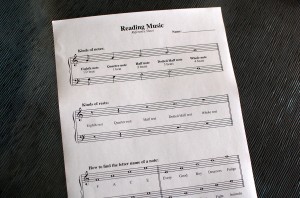 This free printable is a handy reference sheet to give out to students who are just learning to read musical notation from the staff.
This free printable is a handy reference sheet to give out to students who are just learning to read musical notation from the staff.


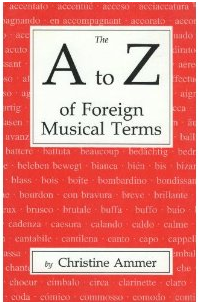
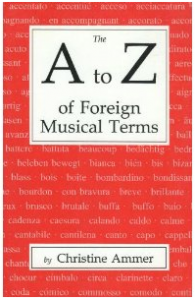 Book Review:
Book Review: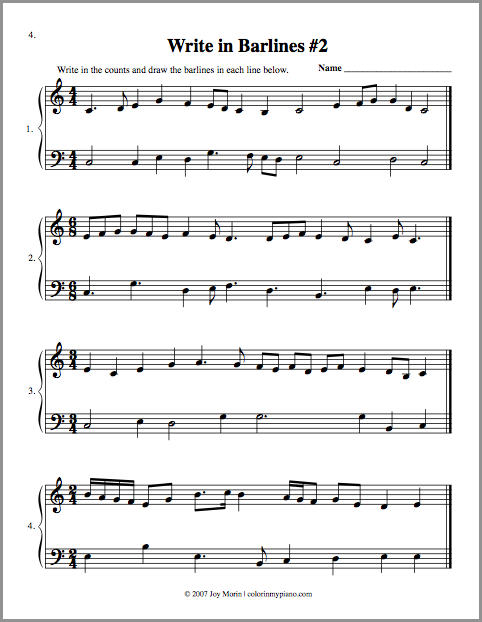
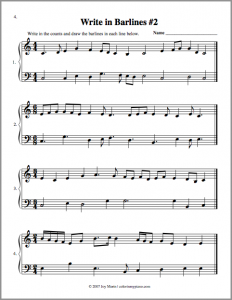



 Today, I thought I’d share a little bit about my experiences as a blogger. I don’t claim to be an expert by any means, but I would like to share what I have learned over the past year!
Today, I thought I’d share a little bit about my experiences as a blogger. I don’t claim to be an expert by any means, but I would like to share what I have learned over the past year!
